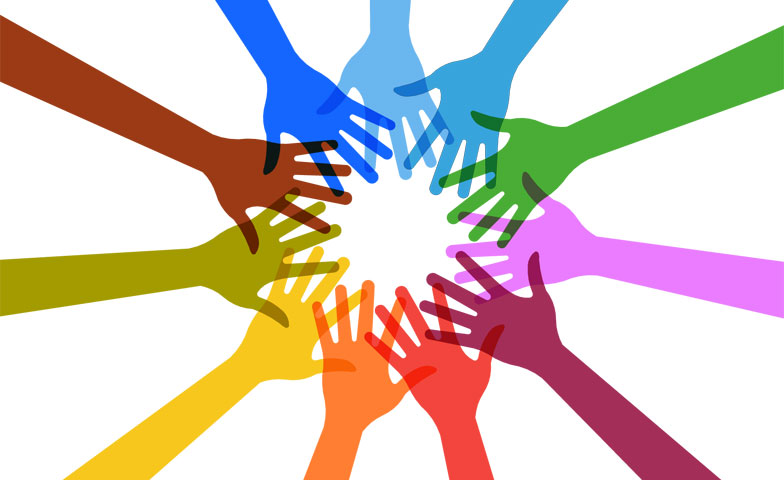Putting standards in place for collaboration to prepare students for the workplace
Oddly, this is a skill that people struggle to define. It’s described using words such as teamwork, cooperation, group work, and my personal favorite, “being nice.” Although these words may fit into collaboration, I believe collaboration is a bit nebulous, and educators need more insight on exactly what it entails.
Teacher Lindsay Price does a fantastic job of bringing to light some of the differences that exist amongst the aforementioned list of words. Teamwork and groupwork are built around individuals who contribute to the whole. It is centered around a singular leader who can take control and guide the group in the direction they need to go.
Collaboration, on the other hand, is defined by individuals thinking and working together. There is no defined leader, but rather a shared vision. The hallmark of collaboration is flexibility. Group members are constantly reshaping their ideas together while assuming various roles in the process.
The importance of collaboration has been echoed by business leaders, as found in current research on valuable professional skills in today’s workplace. A survey by the National Association of Colleges and Employers (NACE) had hiring managers rank the skills they deem most important when hiring new employees. The results showed that the most desirable trait sought by hiring managers was collaboration abilities. According to Alison Doyle, “Virtually every imaginable job in today’s workplace entails at least some joint effort by team members in order to accomplish goals, making cooperation an essential skill in most sectors of the work world.” Although Doyle is addressing cooperation, I believe her sentiment is directly related to collaboration, because collaboration at its very core is amplified by positive cooperation and dampened by lack thereof. This should speak volumes to any stakeholder in education.
During my time as a middle school science educator, I have seen multiple examples of students struggling to work together, let alone be in the same room with one another. For example, when students are divided into groups, the first critique usually sounds something like this: “I don’t want to be with her. She and I can’t work together.” Or once they do get placed into groups I tend to overhear these types of sentiments from students: “He is being so bossy. He won’t even let us help.” These recurring statements pushed me to think about reasons students have a hard time collaborating with one another. I believe it comes down to a lack of respect, communication, and accountability. Although these reasons may directly relate to the students, I believe the problem starts with our current standards and lack of assessment frameworks in the area of collaboration.
When searching the Common Core or Next Generation Science Standards (NGSS) websites, it came as a shock to find very little on collaboration. The only standards that explicitly state the development of collaboration are found in the speaking and listening strands of the English Language Arts (ELA) section of Common Core. Collaboration is also mentioned in the Next Generation Science Standards, but only implicitly. It is also curious that it is only indirectly stated as a connection to Common Core ELA standards for grades K-2.
The NGSS standards do not even make direct reference to collaboration after Grade 2. The only other way that collaboration may be seen as part of the NGSS standards is found in appendix H of the website that talks about science as a human endeavor. Even then, there is no clear description of how collaboration is used in the field of science.
There seems to be an incongruence between what is expected from students and what is needed in the professional world, and I believe part of this is linked to the lack of collaboration standards. Without explicit standards or frameworks to help students develop collaboration skills, we are doing students a disservice. Any stakeholder in the field of education needs to understand that there is a blatant gap in our standards. We need to realign what and how we are teaching with the current needs that exist for students after they graduate.
I want to bring forth a call to action. Let’s sit down and agree on what collaboration means and strategize about how we can sharpen collaboration skills in the classroom. I believe that once we create a working set of subskills for collaboration, we should outline how those subskills can be developed through various types of assessment.
The last step of the process should include communicating ideas. We need to share what worked in the classroom, what didn’t work, and why. The process will take time to gain footing, yet this cause is worth the growing pains.
Going forward it will be essential to maintain the discussion around collaboration in the classroom. We know it is a crucial part of everyday life, so it is time we take purposeful action to put collaboration standards in place to help guide educators and, as a result, serve our students.
